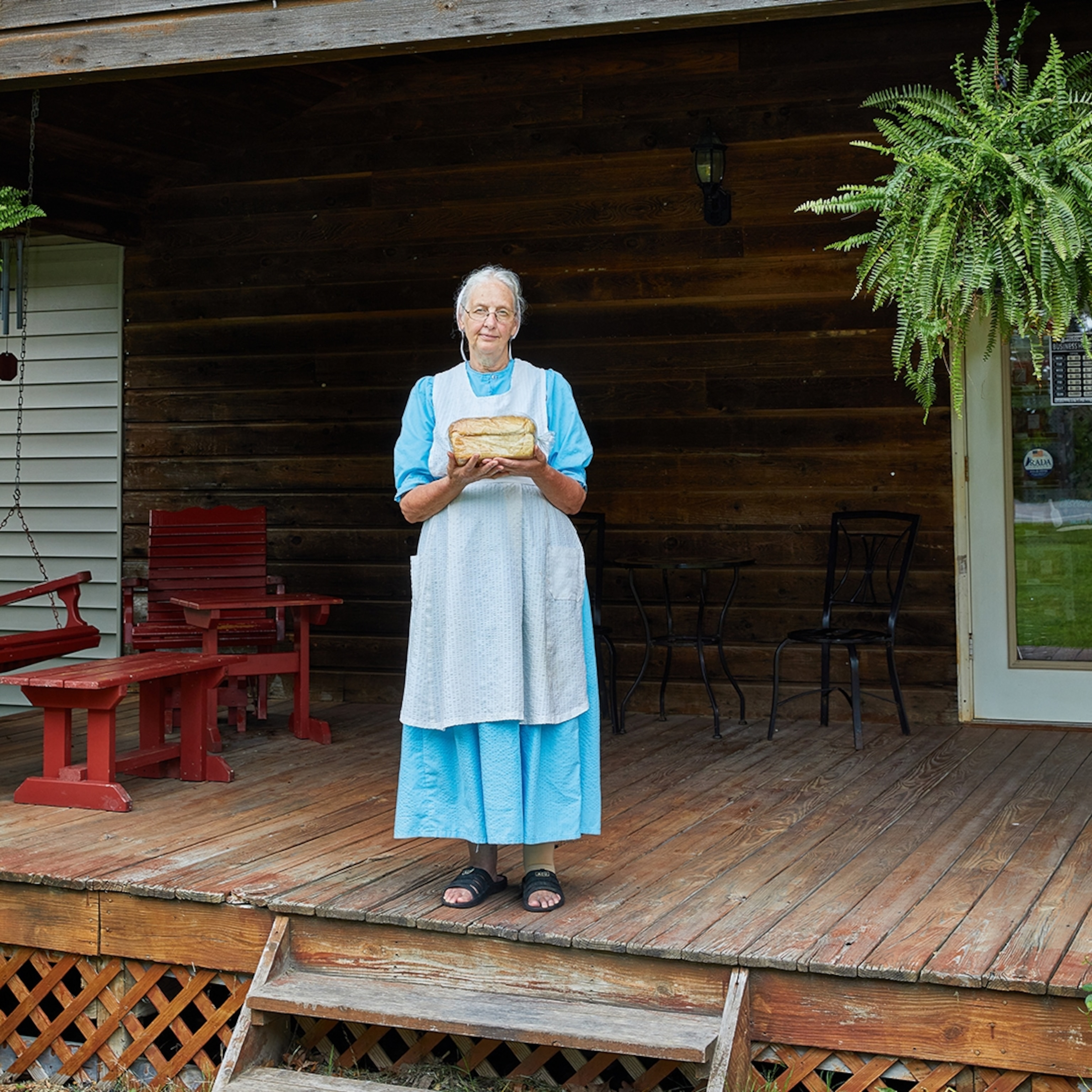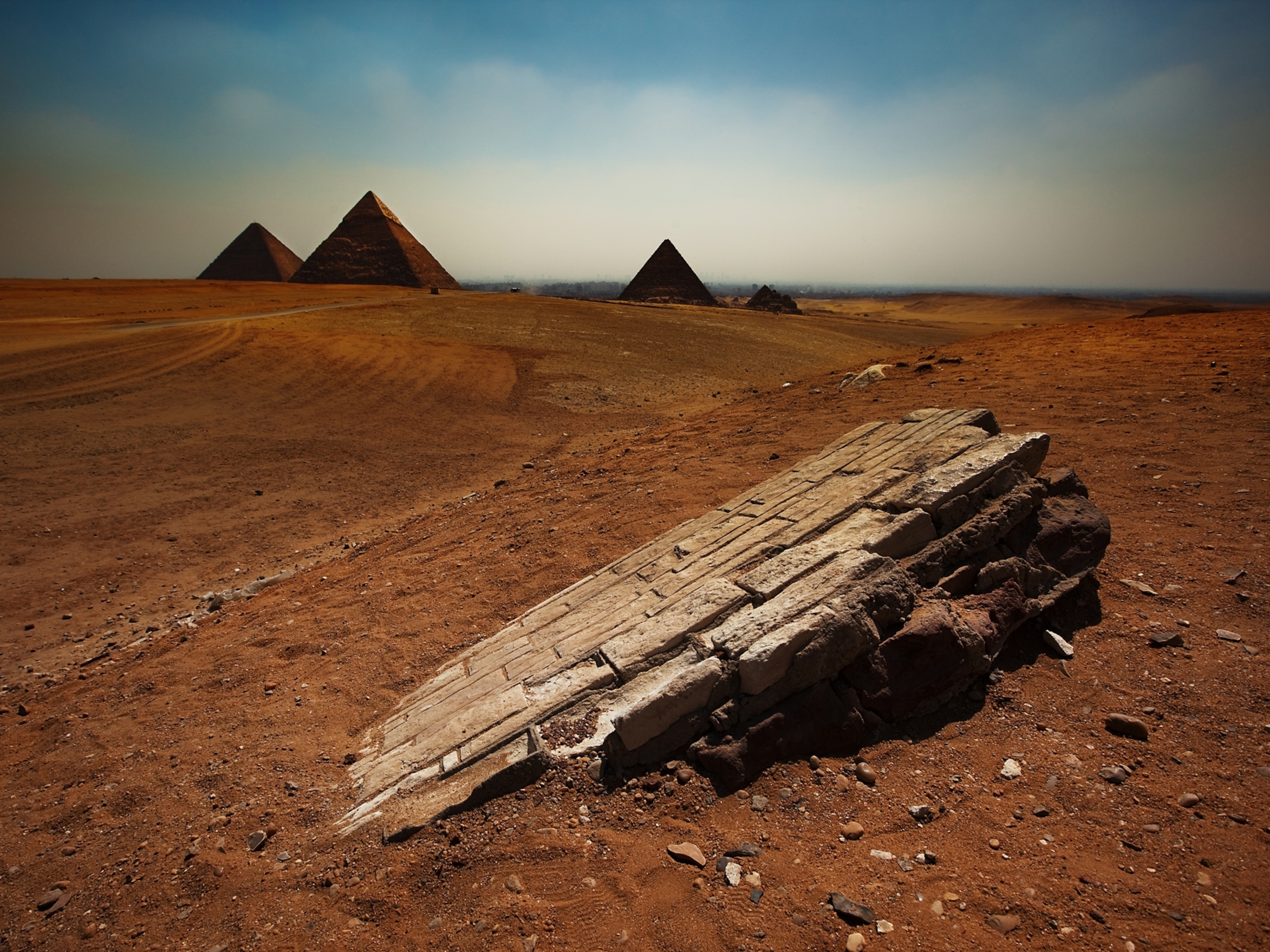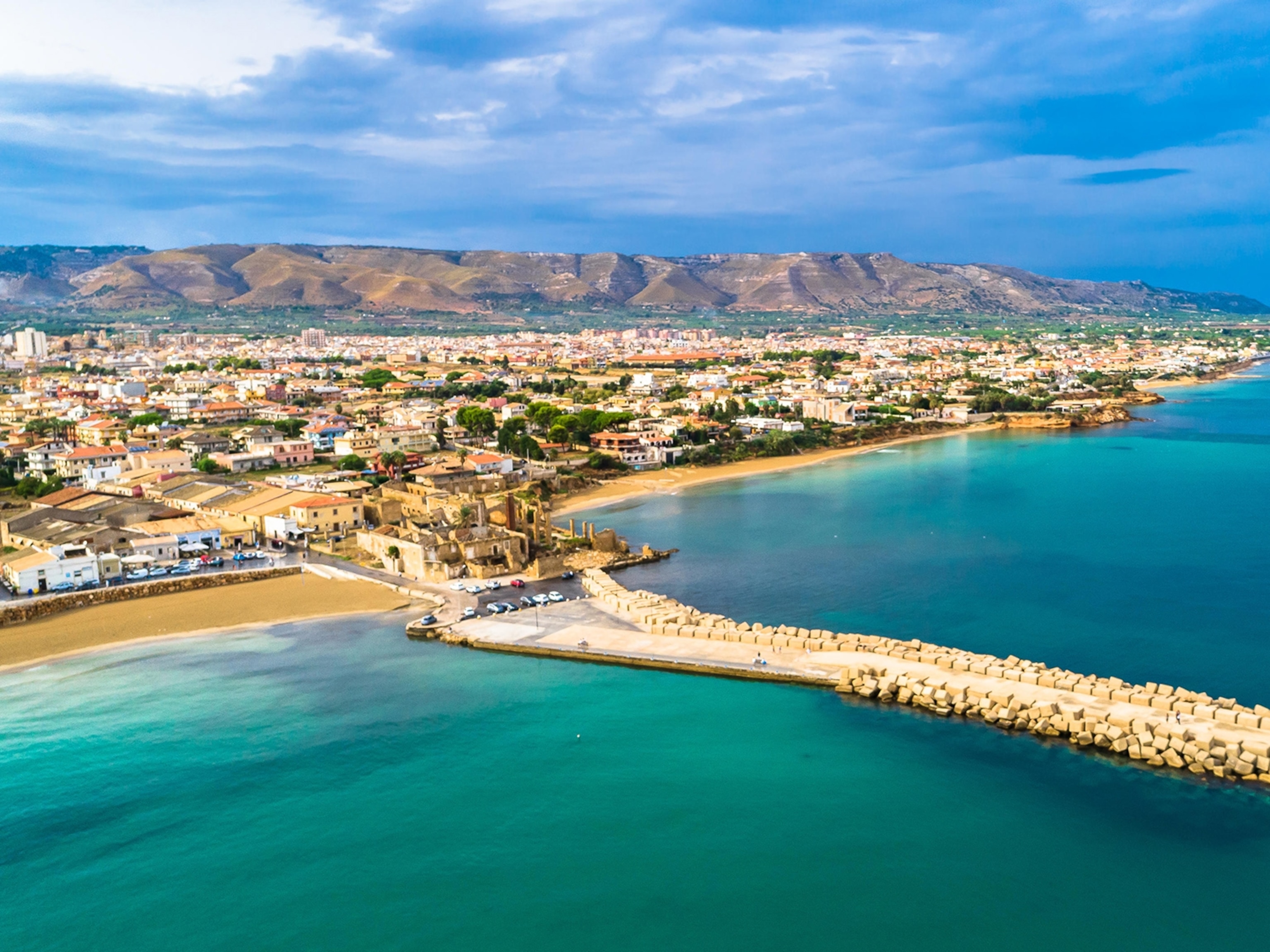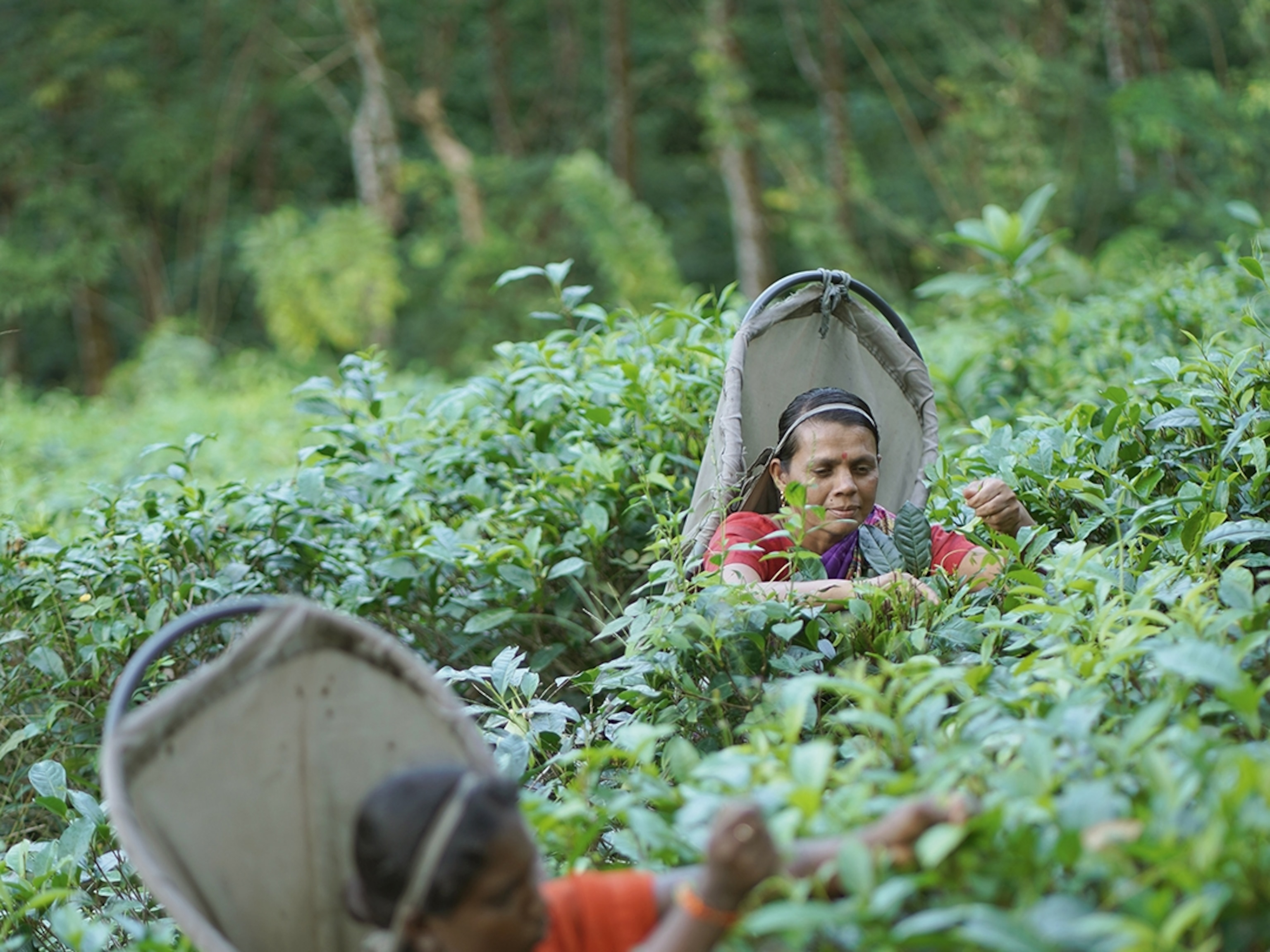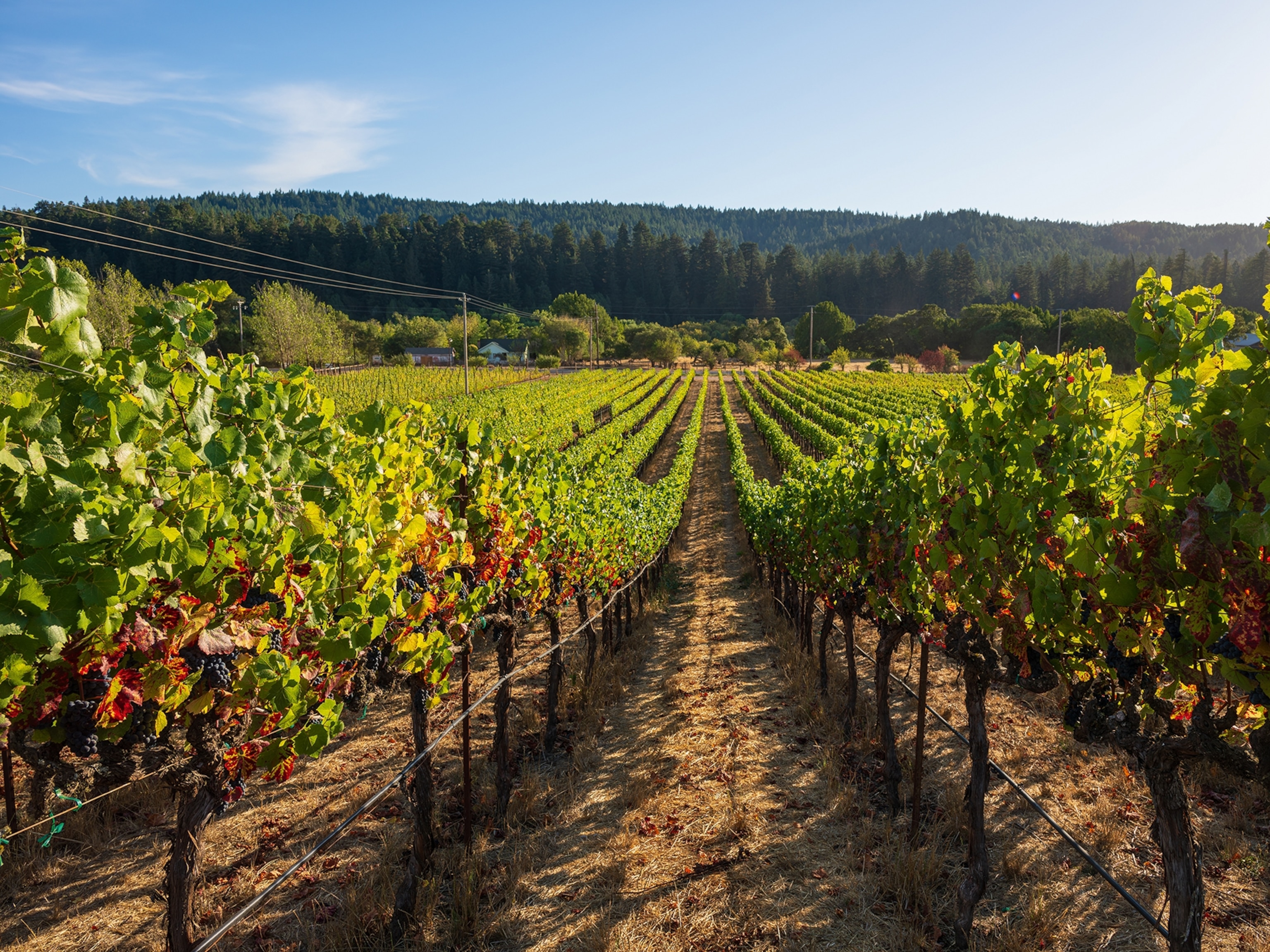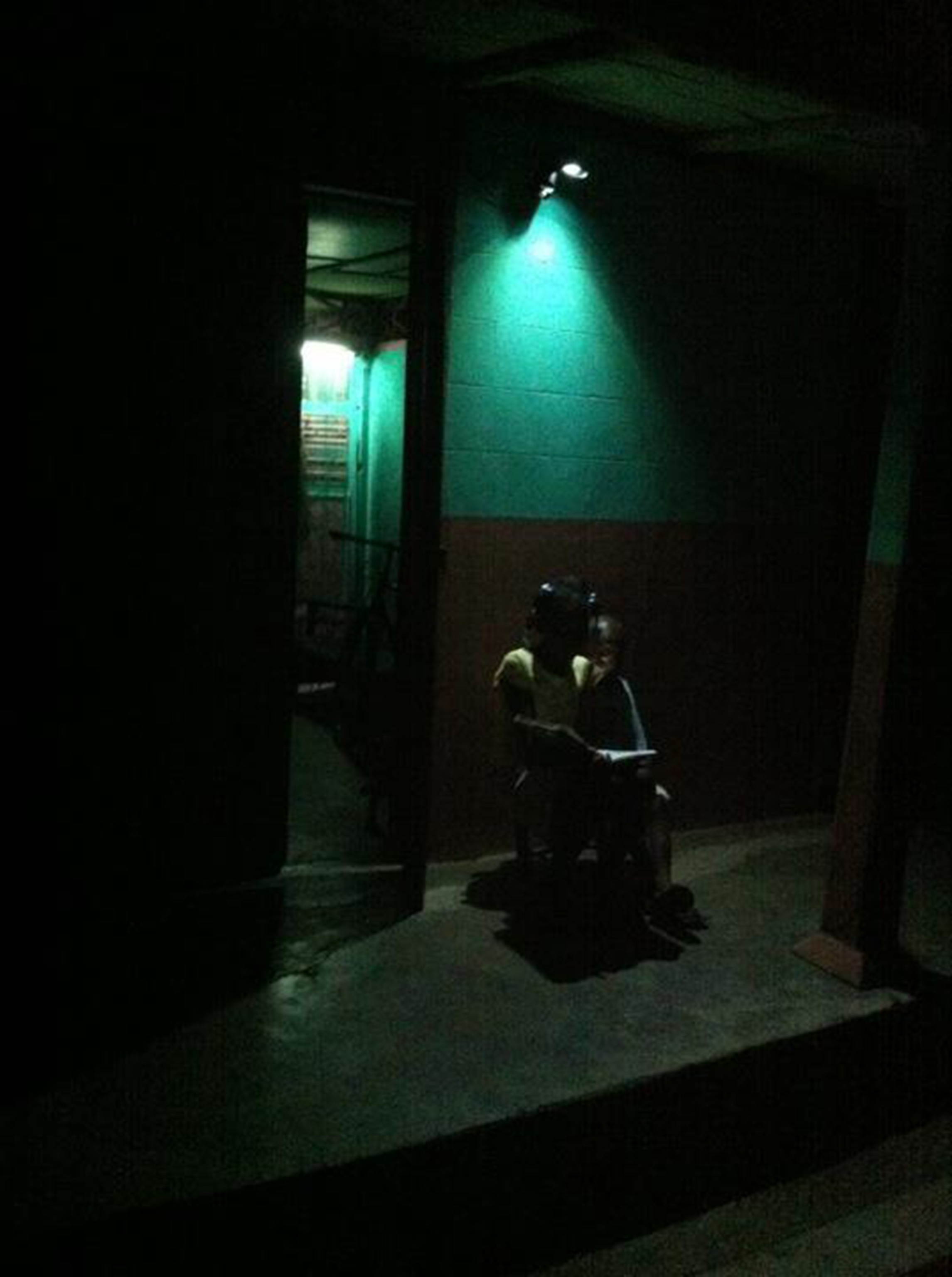
Solar Micro-Grid Aims to Boost Power and Food in Haiti
EarthSpark, the project's leader, won a Powering Agriculture grant for clean energy development.
On Haiti's southern peninsula, the town of Les Anglais rises alongside a snaking river prone to seasonal swells. Some 400 homes and businesses form the downtown core within a wider community of roughly 30,000 people.
Most of them are among the 75 percent of Haitians, and the 1.2 billion people around the world, who live without access to electricity. But a new model for connecting homes and businesses to clean, reliable power using smart meters, solar panels, and a small, independent power grid is being put to the test in Les Anglais. The idea is to combine these ingredients into a recipe for sustainable economic growth—in part by supplying power to process local crops that would otherwise rot before arriving at markets. (See related story: "Five Surprising Facts About Energy Poverty.")
Led by the Washington, D.C.-based nonprofit EarthSpark International, the project is one of a dozen initiatives awarded a total of $13 million in funding this month from the U.S. Agency for International Development and its partners under a program called Powering Agriculture: A Grand Challenge for Development. EarthSpark and the 11 other winners, chosen from 475 applicants, are to use the money to design and deploy market-based projects that integrate clean energy technology into the agriculture sector in 14 developing countries. EarthSpark also is a grantee in National Geographic's Great Energy Challenge initiative.
As the world's population throttles upward and demand grows for middle class diets and lifestyles—at the same time that climate change exacerbates pressure on resources—scientists, policymakers and aid groups increasingly are recognizing links between food, energy and water. These new grants touch on part of that nexus, aiming to help farmers and agricultural businesses in low-income countries gain access to renewable energy technologies as a way to increase production and add value to their goods. (Take the quiz: "What You Don't Know About Food, Water, and Energy.")
We spoke with EarthSpark president Allison Archambault about the group's work and vision for Les Anglais and beyond. The following excerpts from our conversation have been edited for length and clarity.
Q: How did EarthSpark come to start working in Haiti?
A: We were founded by a guy named Dan Schnitzer, who first was contacted by a diaspora group who wanted to bring street lighting to Les Anglais. He went down in 2008 to help out this group as a volunteer, and realized that there was big potential to do small-scale solar products in the town. Most people didn't want street lighting—they actually wanted lighting in their homes or businesses. So he launched EarthSpark.
In 2010 we launched a local clean energy brand called Enèji Pwòp. It means "clean energy" in Haitian Creole. We have been selling small-scale solar solutions—lighting and phone charging, little solar home electricity systems.
Now we have over 100 local entrepreneur partners across the country selling these clean energy products. But the big vision was always to move to grid electricity. [The] first step-change in terms of quality of life is moving from candle and kerosene to small-scale solar products, [but] it is an even bigger step change in terms of quality of life to get access to grid electricity. A grid can deliver higher amounts of electricity to homes and businesses in a more efficient way when the customers are located close together.
We turned on our first [micro-grid] customers back in November of 2012, serving just 14 households. Now we have electricity for a total of 52 households.
Q: How does EarthSpark define "micro-grid"?
A: [It's] a system of electricity whereby the generation and the consumption are in the same centralized spot. We're talking about a series of poles and wires connecting generation in a town to consumers in the same town.
It's possible to connect a micro-grid to other micro-grids or to the big grid. [In Les Anglais] it happens to be that it's not connected to anything. It's a standalone micro-grid. (See related blog post: "Preparing for the Zombie Apocalypse: Are Microgrids Our Only Chance?")
It has been [powered by] a very small diesel generator that was serving a telecommunications tower in the town. But in the future—and we're reviewing different designs for this right now—it will be a hybrid solar-diesel micro-grid for 400 customers. About 2,000 people in the downtown . . . will get access to grid electricity.
Q: How would that hybrid system work?
A: Most of the electricity will come from solar panels, because it is the most cost-effective way to deliver electricity in this town. There will be a bank of batteries to store the excess generation from the solar panels so we can ride through the nighttime or times when it's cloudy. And there will be a diesel generator that turns on to boost-charge the batteries when they are running low. (See related story: "Low-Cost Solar Brightens Lives in the Developing World.")
Q: How does energy access affect everyday lives in this community?
A: Think of someone spending a large amount of household income [typically $1,200 per year] on a smoky, dangerous kerosene lamp or candle. (See related blog post about an effort to bring solar lights to Haiti: "Linkin Park's Bid to Power the World.")
Most people have cell phones in their household, but not electricity. About every three days, people go out and pay the equivalent of 25 U.S. cents to charge their cell phones at a place that does have electricity. People are paying huge amounts of money for very low-quality, inconvenient, and oftentimes unsafe energy services.
The rates that we are charging are much lower than what people are paying for kerosene and candles and this sort of third-party phone charging. In terms of quality of life, it's a huge step change. Kids can study, businesses can stay open, health is better, and agriculture can be transformed.
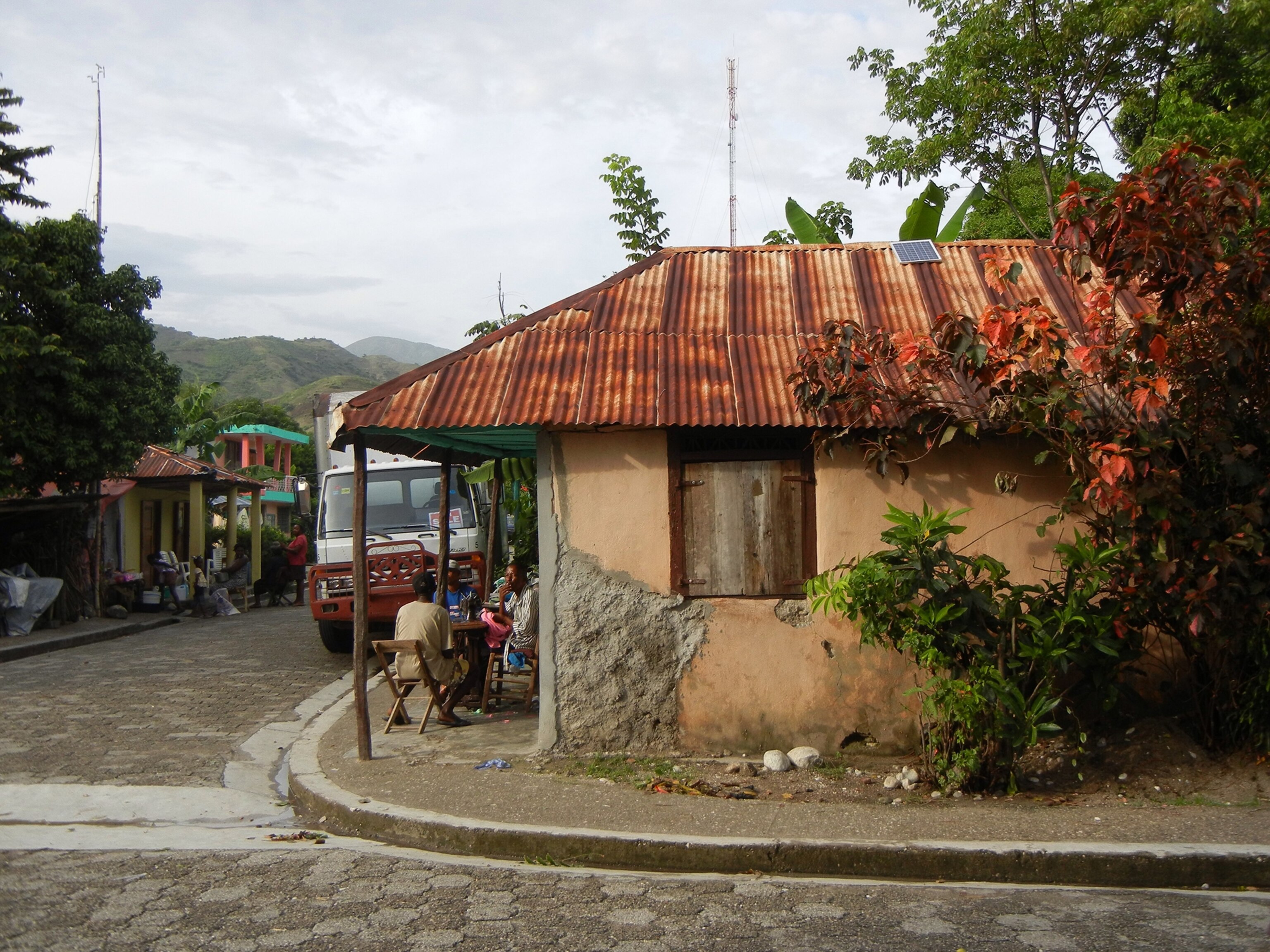
Q: How can access to energy transform agriculture in Haiti?
A: With this Powering Agriculture grant, we're expanding our existing micro-grid to about 400 customers and moving from 100 percent diesel to a mostly solar grid. We'd like to tap into the micro-grid electricity to improve quality and reduce costs for existing agricultural processing facilities. There are some mills in the town, and they mill things like corn, rice, coffee, and sorghum. (See related story: "Growing Food Demand Strains Water, Energy Supplies.")
Haiti imports 60 percent of the food that it consumes, while local nutritious produce literally rots on the ground for want of processing. We're looking at what the micro-grid electricity can unlock in terms of local agricultural potential. We'll be working with local entrepreneurs on a facility that will use micro-grid electricity to process breadfruit, which is a nutritious, starchy food. It's about the size of a cantaloupe and tastes like a potato, and it grows on big trees. It is very prevalent in the area where we work in Haiti, but it's seasonal and has a shelf life of just three days as an off-the-tree product. Turning it into chips or flour (both of which are delicious) can extend it to six to 18 months.
Q: How do smart meters come into play?
A: We've developed smart meters that have high functionality and a low price point so that we can bring in customers that have low levels of consumption. A lot of our customers are just displacing candles and kerosene and phone charging. With these low-cost smart meters, we're able to connect them to the grid and ultimately, we think, have a sustainable business model whereby their payments pay for the extension of service to their household.
In November 2012, we turned on Haiti's first prepay micro-grid—customers are paying for electricity before consuming it. The idea of prepayment for services is not a novel idea. People in Haiti buy phone credits for minutes before they talk on the phone. Many countries use prepay for electricity. South Africa uses it a lot. We use it even in the [United] States sometimes.
We'd like the telecommunications company to become a customer of the micro-grid. We think we can deliver just as reliable electricity at a lower cost than what they're paying for their own diesel generator now because of the network, the economies of scale of having a bigger system. The agricultural processing facilities can serve the same anchor role. They will be producing revenue, making money based on their consumption of electricity. So the productive uses of electricity can lead to very reliable customers.
Q: How do smart meters improve energy efficiency?
A: Under a sort of dumb grid, you just need to have enough generating capacity to serve the sum of everybody's consumption. But under a smart grid with smart meters, you can offer tariffs to customers who are flexible consumers.
In the [United] States, in some places your utility will offer you a little credit on your bill or a reduced overall rate if you let them interrupt your air conditioner for 15 minutes at a time during the peak usage in summertime. That allows them to not have to build new power plants [to meet] everyone's peak consumption.
We can do the same thing with our customers in Les Anglais. There will be times when the peak of the season for the agricultural processing facilities is happening and they're going to need more electricity than normal. When the agricultural processing facility isn't at peak, well, then the rest of the customers can have access to higher levels of electricity if they're on this flexible tariff schedule. Instead of central AC, which doesn't exist in Les Anglais, it might be use of your boom box.
Q: Has EarthSpark's work in Haiti changed as a result of the 2010 earthquake?
A: The region where we work was not physically affected by the earthquake. We had to delay the opening of our clean energy store in Les Anglais because it was very hard to get concrete. Our lamps got stuck in the ports.
[In the aftermath of the quake], we were able to work with federal organizations who were interested in safety in the tent camps to move very quickly to source lights for women and girls in the camps. Sexual violence was very prevalent in the tent camps, and a lot of it was facilitated just by darkness. Something as simple as a solar light at least reduced the anonymity of a dark camp. (See related story: "Solar Power Brings Light to Quake-Darkened Haiti.")
Q: Can EarthSpark's approach in Les Anglais be replicated elsewhere?
A: This is not unique. Anyplace with a densely populated town and no access to electricity is a good candidate for micro-grids.
There are a variety of factors that make now the time that this is possible: falling costs of solar equipment; increased coverage of telecommunications, cell towers; increased global awareness of energy access issues.
Q: What is it like walking around Les Anglais today?
A: At night, it is really poignant to walk through the parts of town that have the micro-grid now. The homes are illuminated. You can sometimes see people through their doors and windows studying or reading. Streetlights that were made by a company in Haiti illuminate the streets.
There was one night, about a year after we first turned on the grid, when we were working on expanding from 14 to 52 customers. We had turned off service. People came out and were exclaiming that they don't have a candle anymore because they have electricity, and we needed to make sure we turned it back on before it got dark.
We get a lot of encouragement, both from our customers who know that they're sort of [in] the vanguard of this service, and from the people who are anxiously waiting for us to expand. It's really an exciting place to be.
This story is part of a special series that explores energy issues. For more, visit The Great Energy Challenge.

